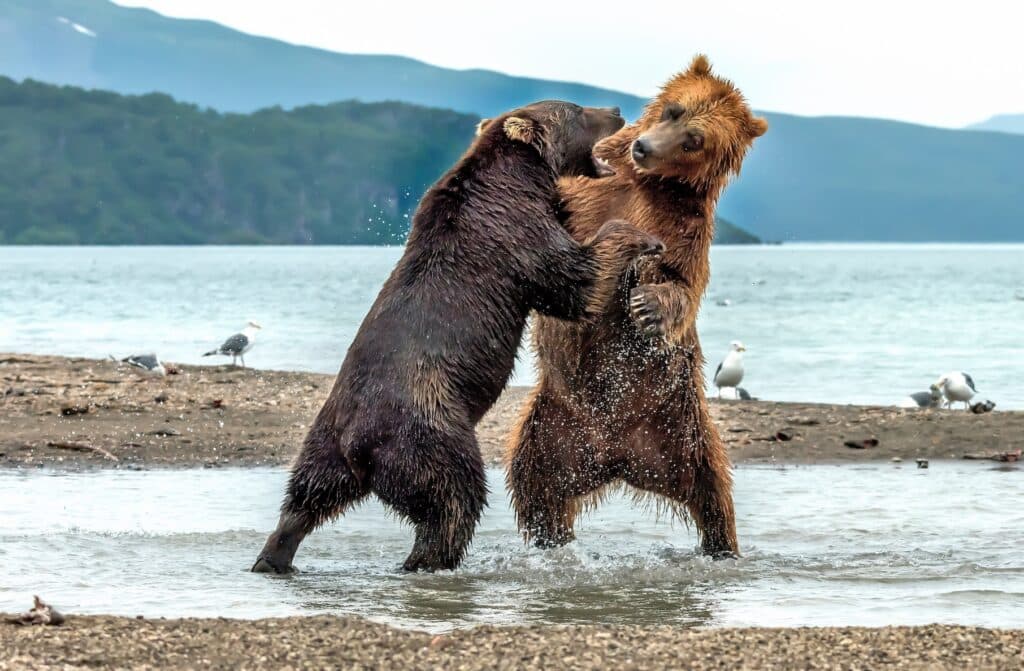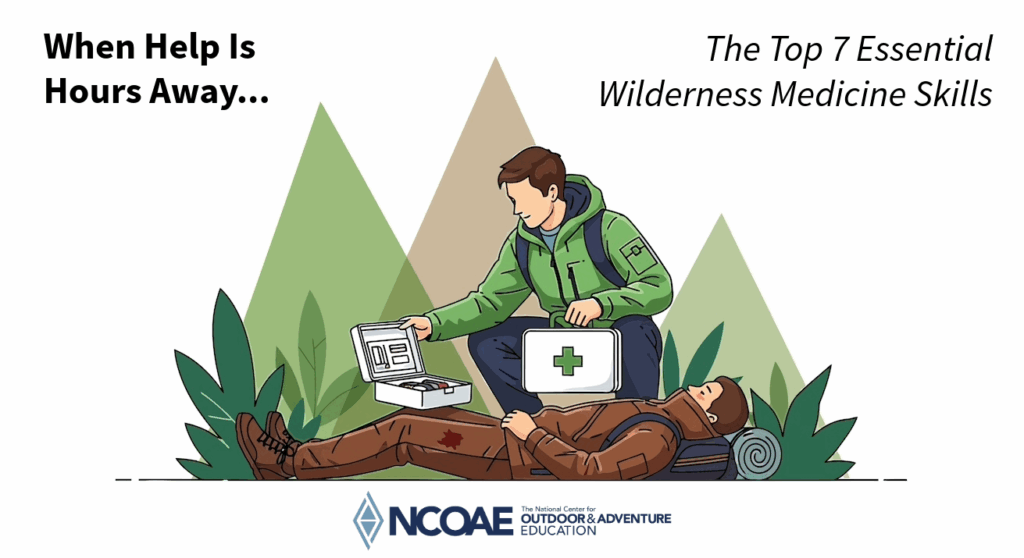Gauging Your Safety in the Wilderness: What’s the Most Dangerous Animal?
WildlifeWhen wilderness medicine practitioners gather ’round a campfire, one favorite topic of discussion involves which animals are the most dangerous. Barring the obvious winner, we humans, leading candidates typically include the gorilla, shark, lion, tiger, and bear.
The unassuming mosquito and deadly microscopic organisms are often overlooked, but most likely lay absolute claim to the title.
In some parts of the world, the hippopotamus is considered the deadliest creature. Here at The National Center for Outdoor Adventure & Education (NCOAE), we’ve yet to conduct a course where hippos are involved but if we ever do, we will certainly take precautions to make these semi-aquatic animals are not on campus!
Where you are in the wilderness, of course, makes the determination of which animal presents the most peril to hikers, climbers and swimmers. For example, if you’re navigating the Boundary Waters that straddle the border between Ontario, Canada, and Minnesota here in the U.S., you’re more likely to encounter a bear than a gorilla. That’s why traveling to an unfamiliar remote location requires that you research the area to determine the biggest threats to your safety, including wild animals, and discover how best to avoid them and what to do if that doesn’t work.
The good news is that your odds of being injured or killed by wildlife are low, especially if you use common sense to avoid the biggest threats. Most wilderness injuries and fatalities come from falls, weather, and getting lost rather than from animal attacks. And don’t discount the stupidity factor, such as the man who was slapped with jaw-dropping $153,161.25 medical bill after trying to take selfie with rattlesnake.
In this post, we weigh in with our team’s take on the seven deadliest animals you might encounter when trekking through the wilderness in the U.S., along with some basic information to help you gauge your likelihood of encountering them and protect yourself and others in your group. First up, bears!
Bears

Bears are fast, powerful, and often unpredictable, especially when surprised or protecting their cubs, food, or territory. You’re most likely to encounter them in remote forested or alpine areas. Species include Grizzly bears in the northwest and Alaska, with black and brown bears being more widespread.
To protect yourself (more…)
When Help Is Hours Away: The Top 7 Essential Wilderness Medicine Skills
Wilderness MedicineWhen we venture into the backcountry, whether it’s a day hike in a nearby forest or a multi-day expedition into remote terrain, we knowingly trade comfort and convenience for solitude, challenge, and a deeper connection with nature.
This is a trade-off that comes with a conscious decision to expose ourselves to a higher-than-normal level of risk. Backcountry travel increases our chances of experiencing injury and illness while decreasing our accessibility to nearby basic or emergency medical care.
Mitigating this heightened risk requires improving our wilderness medicine knowledge and skills, something we help people do here at The National Center for Outdoor Adventure & Education (NCOAE). Our Wilderness Medicine and Emergency Medical Technician (EMT) courses cover everything from scene size-up and patient assessment to providing cardiopulmonary resuscitation (CPR), treating wounds and fractures, and successfully evacuating patients from remote wilderness areas.

As experts in the field of wilderness medicine, we often find ourselves discussing what we believe to be the most essential wilderness medicine skills. Here, we present our top seven, in no particular order. These are skills that we think all of our students should possess before venturing into the backcountry.
1. Scene Size-Up and Patient Evaluation
Every wilderness medicine event should start with a scene size-up and patient evaluation, which consists of the following three components: (more…)
TALK TO US
Have any further questions about our courses, what you’ll learn, or what else to expect? Contact us, we’re here to help!